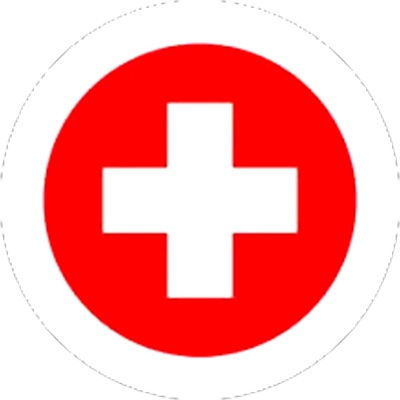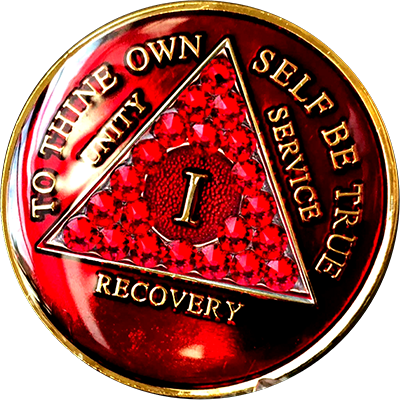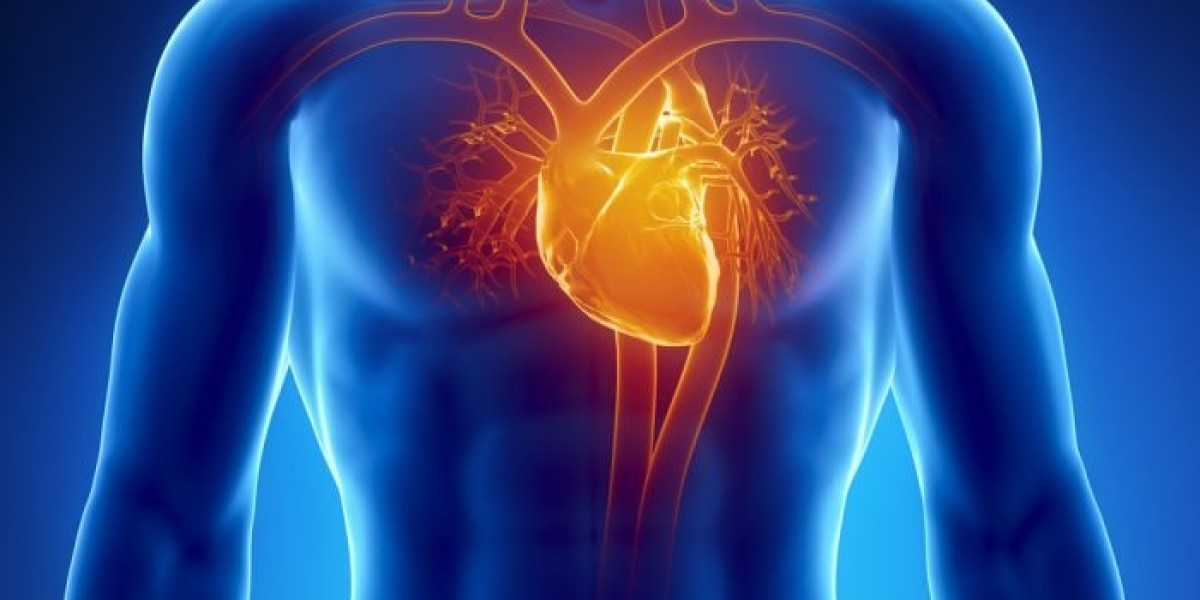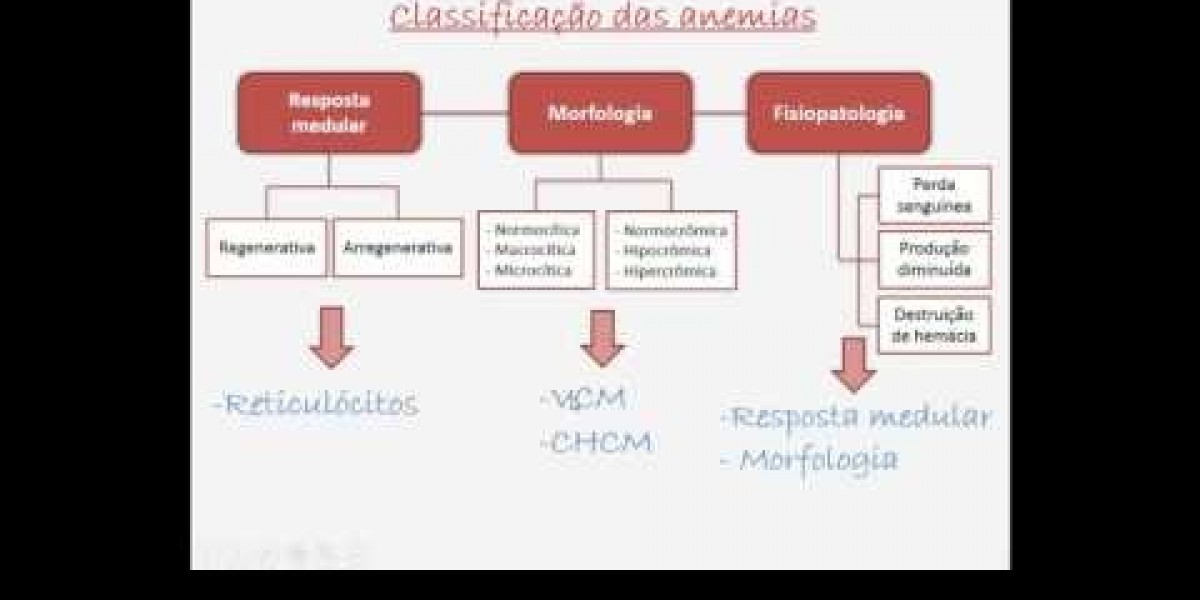Heart disease and stroke are two of the world’s most common and deadly health conditions. They don’t just sneak up on you—they build up over time, often without any symptoms. But the good news? They can largely be prevented with lifestyle changes and routine health monitoring.
Understanding the Cardiovascular System
Your heart and blood vessels are like the body's plumbing system. The heart pumps blood, and the vessels carry it to organs and tissues. When something goes wrong in this system—clogged pipes, weak pump, burst vessels—it can lead to major issues like heart attacks or strokes.
What is Heart Disease?
Heart disease is a blanket term for conditions that affect the heart’s function and structure. It includes everything from artery blockages to rhythm issues and even muscle weakness.
Common Types of Heart Disease
Coronary Artery Disease
This occurs when plaque builds up in the arteries supplying blood to the heart. It’s the most common type and a major cause of heart attacks.
Arrhythmias
These are irregular heartbeats—too fast, too slow, or just erratic. They can be harmless but sometimes life-threatening.
Heart Failure
When your heart can’t pump blood effectively, your body doesn’t get the oxygen it needs. Symptoms include fatigue, swelling, and breathlessness.
What is a Stroke?
A stroke happens when the blood supply to part of the brain is interrupted or reduced, depriving brain tissue of oxygen and nutrients. Within minutes, brain cells start to die.
Ischemic Stroke
This is the most common type, caused by a blockage in a brain artery.
Hemorrhagic Stroke
Here, a blood vessel in the brain bursts, causing bleeding. This type is usually more severe.
Major Causes of Heart Disease and Stroke
High blood pressure, high cholesterol, smoking, obesity, and diabetes are the biggest culprits. Genetics and age also play a role, but lifestyle choices often tip the scale.
Role of Lipid Profile Test
What It Measures
A lipid profile checks your cholesterol levels—LDL (bad), HDL (good), and triglycerides. These numbers help gauge your heart disease risk.
Why It Matters
Unhealthy lipid levels silently contribute to plaque buildup in arteries. Early detection can prevent complications like heart attacks and strokes.
Importance of Early Detection – Get Tested at Chughtai Lab
Chughtai Lab offers comprehensive lipid profile testing with accurate results and online report access. Detect issues early and take control of your health before symptoms appear.
Lifestyle Risk Factors to Watch
Smoking, sedentary habits, poor diet, alcohol abuse, and chronic stress all strain your heart and brain. The sooner you act, the better.
Symptoms You Shouldn’t Ignore
Chest pain, breathlessness, dizziness, numbness in limbs, slurred speech, or sudden confusion—these demand immediate medical attention.
Treatment and Management
Depending on the type and severity, treatment may include medication, lifestyle changes, or procedures like angioplasty or bypass surgery. For stroke, clot-busting drugs or surgery might be needed.
Prevention Tips for a Healthy Heart and Brain
· Eat a heart-healthy diet
· Exercise regularly
· Quit smoking
· Manage stress
· Monitor blood pressure and cholesterol
Role of Regular Checkups
Routine checkups and diagnostic tests, like those offered by Chughtai Lab, help track your risk factors and manage them before they become severe.
How Chughtai Lab Can Help You Stay Ahead
From lipid profile to full cardiac panels, Chughtai Lab offers modern diagnostics with online reports, expert consultation, and reliable care across Pakistan.
Final Thoughts
Heart disease and stroke might be silent killers, but you have the power to outsmart them. With regular testing, like the lipid profile from Chughtai Lab, and simple lifestyle changes, you can keep your heart and brain healthy for years to come.
FAQs
1. What is the best time to get a lipid profile test?
Morning is ideal, preferably fasting for 9-12 hours.
2. Can young people get heart disease or stroke?
Yes, especially with poor lifestyle habits or family history.
3. How often should I get tested at Chughtai Lab?
Once a year or as advised by your physician.
4. Is stroke reversible?
Timely treatment can reduce damage, but recovery varies.
5. Does exercise affect lipid profile results?
Yes, regular activity improves HDL and lowers LDL.
































